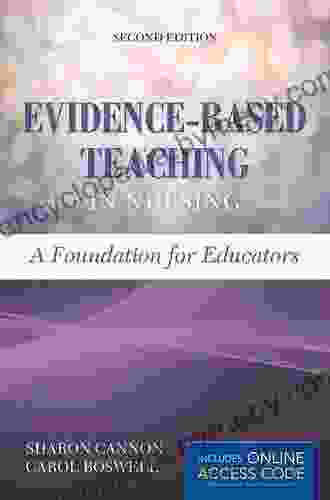Unveiling the Secrets of Nursing Education: Evidence-Based Teaching in Nursing

Nursing education is a critical cornerstone of healthcare, shaping the knowledge, skills, and attitudes of future nurses who will ultimately provide compassionate and evidence-based care to patients.
In an era of rapidly evolving healthcare practices and patient needs, it becomes imperative for nursing educators to embrace evidence-based teaching (EBT) as the foundation of their instruction.
4.5 out of 5
| Language | : | English |
| File size | : | 4587 KB |
| Text-to-Speech | : | Enabled |
| Screen Reader | : | Supported |
| Enhanced typesetting | : | Enabled |
| Print length | : | 348 pages |
EBT refers to the practice of basing educational decisions on the best available evidence, derived from rigorous scientific research. By incorporating EBT into nursing curricula, educators can ensure that they are preparing their students with the most up-to-date and effective strategies for delivering patient care.
The Rationale for Evidence-Based Teaching in Nursing
The adoption of EBT in nursing education is not simply a trend but a necessity. There are several compelling reasons why nursing educators should embrace EBT as the cornerstone of their teaching practice:
- Improved Patient Outcomes: Studies have consistently shown that EBT leads to improved patient outcomes in a variety of healthcare settings. By utilizing evidence-based teaching methods, nurses can better equip their students with the knowledge and skills to deliver high-quality, safe, and effective care.
- Enhanced Student Learning: EBT promotes student learning by providing educators with a systematic approach to selecting and implementing teaching strategies that have been proven to be effective. This leads to more engaging and interactive classrooms, where students can actively participate in their learning and develop critical thinking skills.
- Professional Accountability: As healthcare professionals, nurses have an ethical obligation to provide evidence-based care. By embracing EBT in their teaching, nursing educators are demonstrating their commitment to promoting evidence-based practice and ensuring that their students adhere to the highest professional standards.
Key Principles of Evidence-Based Teaching in Nursing
Incorporating EBT into nursing education requires educators to adopt certain key principles that guide their teaching practices:
- Integration of Research: Educators should actively seek out and integrate the latest research findings into their teaching. This requires familiarity with nursing research methods and the ability to critically evaluate research studies.
- Alignment with Practice: Teaching should align with current nursing practice and the evolving healthcare environment. Educators should collaborate with practicing nurses and healthcare providers to ensure that the curriculum reflects the changing needs of patients and families.
- Student Engagement: EBT emphasizes active student engagement in the learning process. Educators should employ a variety of teaching methods that encourage students to participate in discussions, problem-solving activities, and simulations.
- Evaluation and Feedback: Regular evaluation is essential to determine the effectiveness of EBT methods and make necessary adjustments. Educators should collect feedback from students and use it to improve their teaching strategies.
Implementing Evidence-Based Teaching in Nursing Education
Implementing EBT in nursing education requires a multi-faceted approach that may include the following steps:
- Curriculum Development: Educators should review the curriculum and identify areas where EBT can be integrated. This involves identifying topics that have been supported by research and developing learning objectives that align with evidence-based practice.
- Faculty Development: Nursing faculty should receive ongoing professional development opportunities to enhance their knowledge of EBT principles and practices. This may include workshops, conferences, and online resources.
- Resource Allocation: Adequate resources, such as access to research literature and technology, are essential for successful EBT implementation. Educators should advocate for funding and support to facilitate the use of EBT in their teaching.
- Institutional Support: The institution as a whole should support EBT by promoting a research-oriented culture, providing resources, and rewarding faculty for their efforts in incorporating EBT into their teaching.
Benefits of Evidence-Based Teaching for Nursing Educators
Embracing EBT offers numerous benefits for nursing educators, including:
- Enhanced Professional Credibility: Educators who use EBT establish themselves as leaders in the field and gain recognition for their commitment to providing evidence-based instruction.
- Increased Job Satisfaction: EBT empowers educators to make informed teaching decisions, leading to greater job satisfaction and a sense of accomplishment.
- Improved Relationships with Students: Students appreciate educators who utilize evidence-based methods and who are open to their feedback. EBT fosters a more collaborative and respectful relationship between educators and students.
Evidence-Based Teaching in Nursing is a transformative approach that empowers nursing educators to prepare their students for success in the dynamic and demanding healthcare environment. By integrating research into their teaching, educators can provide their students with the knowledge, skills, and attitudes necessary to deliver high-quality, evidence-based patient care.
The adoption of EBT in nursing education is an investment in the future of healthcare. By embracing EBT, nursing educators can ensure that their students are equipped with the tools they need to make a positive difference in the lives of their patients and their communities.
4.5 out of 5
| Language | : | English |
| File size | : | 4587 KB |
| Text-to-Speech | : | Enabled |
| Screen Reader | : | Supported |
| Enhanced typesetting | : | Enabled |
| Print length | : | 348 pages |
Do you want to contribute by writing guest posts on this blog?
Please contact us and send us a resume of previous articles that you have written.
 Book
Book Novel
Novel Page
Page Chapter
Chapter Text
Text Story
Story Genre
Genre Reader
Reader Library
Library Paperback
Paperback E-book
E-book Magazine
Magazine Newspaper
Newspaper Paragraph
Paragraph Sentence
Sentence Bookmark
Bookmark Shelf
Shelf Glossary
Glossary Bibliography
Bibliography Foreword
Foreword Preface
Preface Synopsis
Synopsis Annotation
Annotation Footnote
Footnote Manuscript
Manuscript Scroll
Scroll Codex
Codex Tome
Tome Bestseller
Bestseller Classics
Classics Library card
Library card Narrative
Narrative Biography
Biography Autobiography
Autobiography Memoir
Memoir Reference
Reference Encyclopedia
Encyclopedia Paula D Ashe
Paula D Ashe Mark Griffin
Mark Griffin Pat Wray
Pat Wray Peter D Jeans
Peter D Jeans Jeff Wheeler
Jeff Wheeler Lindsay Nell
Lindsay Nell Robert Ralley
Robert Ralley Kenny Moore
Kenny Moore Keith B Richburg
Keith B Richburg A L Long
A L Long Abul K Abbas
Abul K Abbas Tim Mcneese
Tim Mcneese James Oliver Curwood
James Oliver Curwood James Taris
James Taris Abbie Gardner Sharp
Abbie Gardner Sharp H Lee Jones
H Lee Jones Abby Howard
Abby Howard Adam Boduch
Adam Boduch Sri M
Sri M Jo Allen
Jo Allen
Light bulbAdvertise smarter! Our strategic ad space ensures maximum exposure. Reserve your spot today!
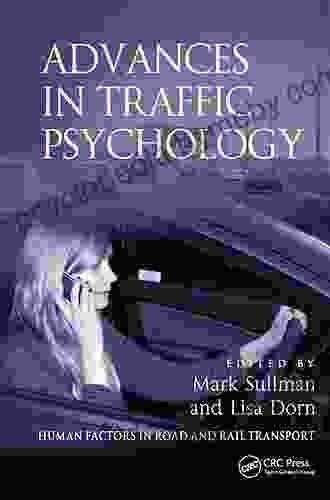
 Bruce SnyderUnlock the Secrets of Traffic Psychology: Enhance Road and Rail Safety with...
Bruce SnyderUnlock the Secrets of Traffic Psychology: Enhance Road and Rail Safety with...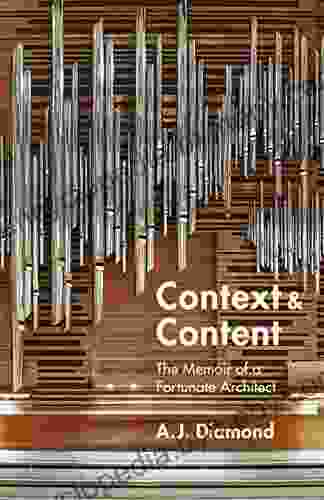
 Aleksandr PushkinUnveiling the Extraordinary Life of a Visionary Architect: "The Memoir of...
Aleksandr PushkinUnveiling the Extraordinary Life of a Visionary Architect: "The Memoir of... Lawrence BellFollow ·13.5k
Lawrence BellFollow ·13.5k Harrison BlairFollow ·7k
Harrison BlairFollow ·7k Cristian CoxFollow ·12.2k
Cristian CoxFollow ·12.2k Herman MelvilleFollow ·6.7k
Herman MelvilleFollow ·6.7k Brennan BlairFollow ·4.4k
Brennan BlairFollow ·4.4k W.H. AudenFollow ·19.6k
W.H. AudenFollow ·19.6k Gerald BellFollow ·15.3k
Gerald BellFollow ·15.3k Edgar HayesFollow ·10.7k
Edgar HayesFollow ·10.7k
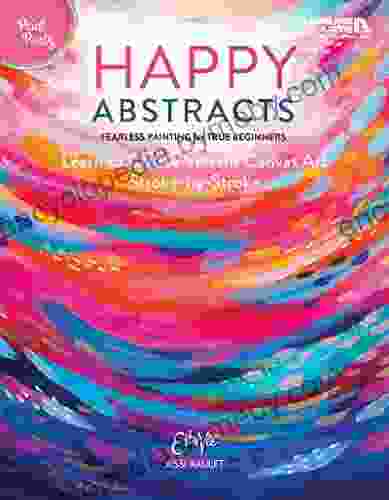
 Timothy Ward
Timothy WardFearless Painting for True Beginners: Learn to Create...
Unlock the Joy of...
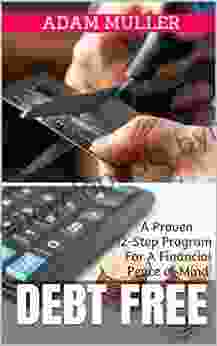
 Fernando Pessoa
Fernando PessoaProven 12-Step Program for Financial Peace of Mind:...
Are you struggling with...

 Chinua Achebe
Chinua AchebeLayers Colors Desire: Layers Colors Thoughts Mystery
A Literary Labyrinth...

 Fernando Bell
Fernando BellUnearth Hidden Treasures: Journey Through "Secondhand...
Prepare to embark on an extraordinary...

 Caleb Carter
Caleb CarterSymbolic Messages Garage Sale Mysteries: Unveiling the...
Welcome to the extraordinary world of the...

 Nikolai Gogol
Nikolai GogolTravels in the Billion Dollar Trash Trade: Uncovering the...
Ỡ In his...
4.5 out of 5
| Language | : | English |
| File size | : | 4587 KB |
| Text-to-Speech | : | Enabled |
| Screen Reader | : | Supported |
| Enhanced typesetting | : | Enabled |
| Print length | : | 348 pages |


